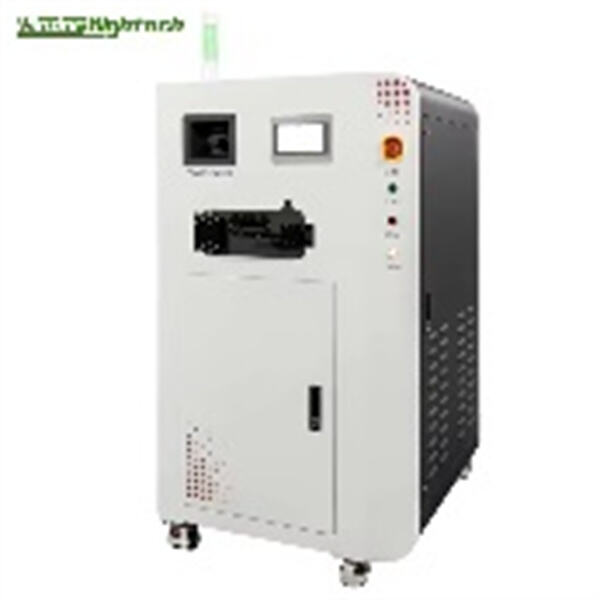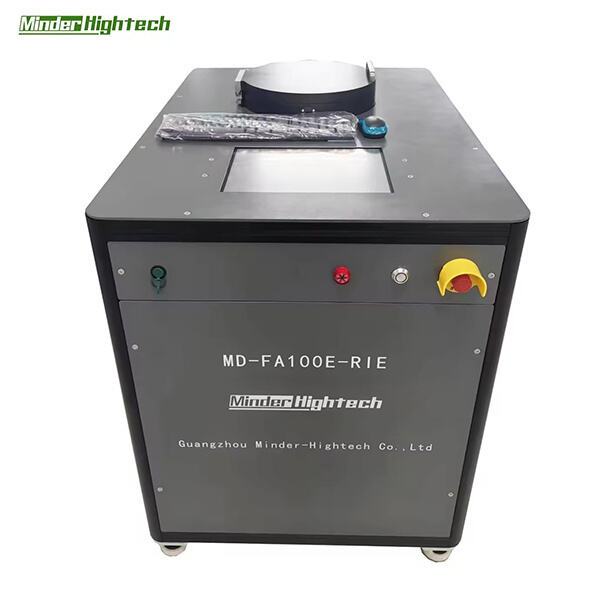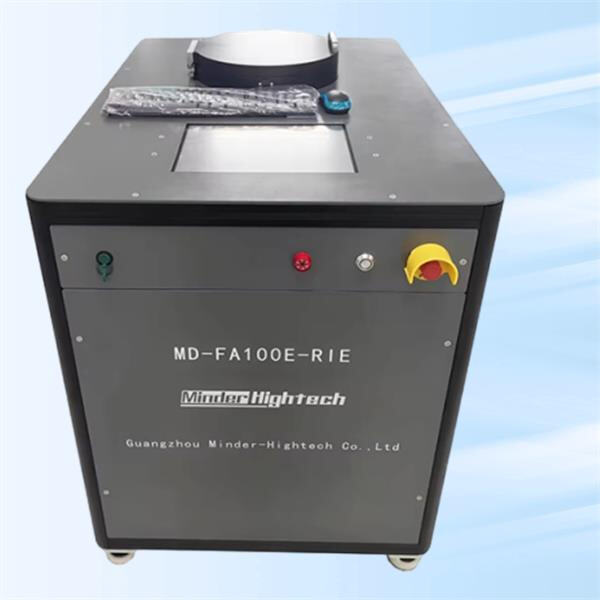
Reaktivno jonsko izrezovanje zveni kot strašilna terminologija, v resnici pa je to metoda, ki jo ljudje uporabljajo za izdelavo majhnih delov za tehnologijo v obliki večjih. Ti majhni kosci so ključni sestanki širokega raznolikosti naprav, ki jih uporabljamo vsak dan, kot so pametni telefoni, računalniki itd. Glavna funkcija tega procesa je odstraniti dele materiala, da se lahko ustvarijo majhne in natančne komponente. V tem članku bomo razpravljali o reaktivnem jonskem izrezovanju — pozitivnih in negativnih straneh dela z RIE v primerjavi z drugimi metodami plazmensko-kemijskega obravnave; vloga plazme v kemijskem procesu; kako doseči visoko kakovostne rezultate z pravilno uporabo opreme RIE, in končno, kje je njegova mesto kot orodje tehnologije.
Reaktivno jonsko izrezovanje je kompleksna metoda, ki vključuje majhne jone in plin, da se odstranijo kosi materiala. Predstavljajte si jo kot močno sprito, ki izbirno odkriva material, da oblikuje natančno obliko. Vključuje odkaravanje teh jonom na površino materiala. Ko se joni dotaknejo materiala, s tem reagirajo in se razdelijo v majhnih kosovceh, ki jih je mogoče odkarati. Material postavite v vrsto kutije, ki je popolnoma zaklenjena in brez zraka, kar se imenuje vakuumski posod. Ti majhni delci se ustvarijo z radiofrekvenčno energijo, kjer ustvarijo jone.
Reaktivno jonsko izrezovanje je eno najboljših, ko gre za podrobnosti. To pomeni, da lahko izdeluje visoko natančne kotenaste in zakrivljene značilnosti, vendar se to stori s plinom namesto z tekočino. To pomeni, da so deli, ustvarjeni s tem postopkom, doslovno pravi za namen v tehnologiji [1]. Poleg tega je to ena najhitrejših procesov; več število delov je mogoče proizvesti v kratkem času. Ker je ta postopek tako hitrečen, lahko je zelo učinkovit za podjetja z velikim zahtevkom po določenem delu.
Vendar pa ima reaktivno jonsko izrezovanje tudi težave. Ni primereno za vse vrste materialov, saj nekatere vrste ne morejo imeti teh laserjevih izrezov. In zahteva primerno temperature in tlakove na mestu. Pravilne pogoje morajo biti prisotne, sicer novi postopek morda ne bo dostavljal tako dobro. Edina slabost je, da lahko postane stroškovno preprečujoče za vzpostavitev glede na druge metode izrezovanja, kar lahko odvrne nekatere podjetja od uporabe prašno obloge.

Velik pomen ga v procesu reaktivnega jonskega izrezovanja igra plazmenska kemija. Ti joni, ki jih plazma ustvari, povzročijo prelom kemijskih vez med materialom, kar pripelje do rezanja. Ko se veze prekinejo, se material razpadne na majhnostne delce, ki jih nato z vtoma plina odstranijo. Rezultat kemijske reakcije lahko vpliva na vrsto uporabljenega plina. Na primer, azotni plin omogoča čisto izrezovanje, s katerim se odstranjujejo materiali brez nezaželenih ostanek, medtem ko plin s kisikom omogoča drugačno vrsto izrezovanja, ki je morda primerna glede na zahteve.

Močna procesna kontrola je ključna za dosego dobrih rezultatov s reaktivnim jonskim izrezovanjem. To zahteva merjenje številnih parametrov, vključno z temperaturo, tlakom, plinskim tokom in jonskimi energijami. Stabilna okolja prispevata k konzistentnim, predvidljivim rezultatom v izrezovanju črte. Če ni ena izmed teh spremenljivk učinkovito nadzorovana, lahko to vpliva na končni produkt. Poleg tega so potrebno čiščenje materiala in prava priprava pred začetkom izrezovanja. Če se vse sredstva porabijo že na začetku pri pripravi materiala za izrezovanje, to bi moralo pripomiti k boljšim rezultatom.

Primer je reaktivno jonsko izrezovanje, ki ga pogosto uporabljajo v mikrofabrikacijski industriji za izdelavo zelo malih delov za različne tehnološke pripomoce. Ena od stvari, kamor je grafen uporaben, je v proizvodnji majhnih elektronskih krogov, senzorjev in mikrofluidnih naprav, ki so ključne za sodobno tehnologijo. Uporabljajo ga tudi pri izdelavi mikroelektromehanskih sistemov (MEMS), ki so majhne naprave, ki lahko doslovno vide, slišijo, počutijo in premikajo stvari po eni molekuli naenkrat. Te MEMS so vsebovane v mnogih uporabah: od majhnih naprav, kot so pametni telefoni, do večjih orodij in celo medicinske opreme. Med temi postopki igra reaktivno jonsko izrezovanje ključno vlogo, saj lahko ustvari male in natančne značilnosti, ki jih zahtevajo takšne napredne tehnologije.
Copyright © Guangzhou Minder-Hightech Co.,Ltd. All Rights Reserved